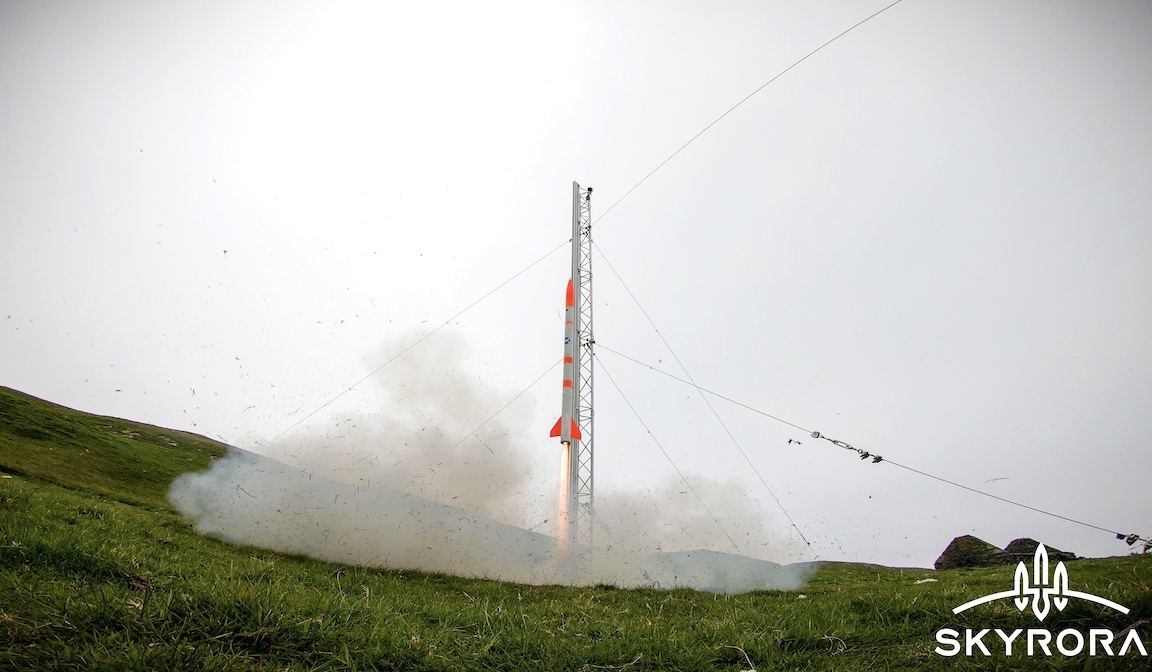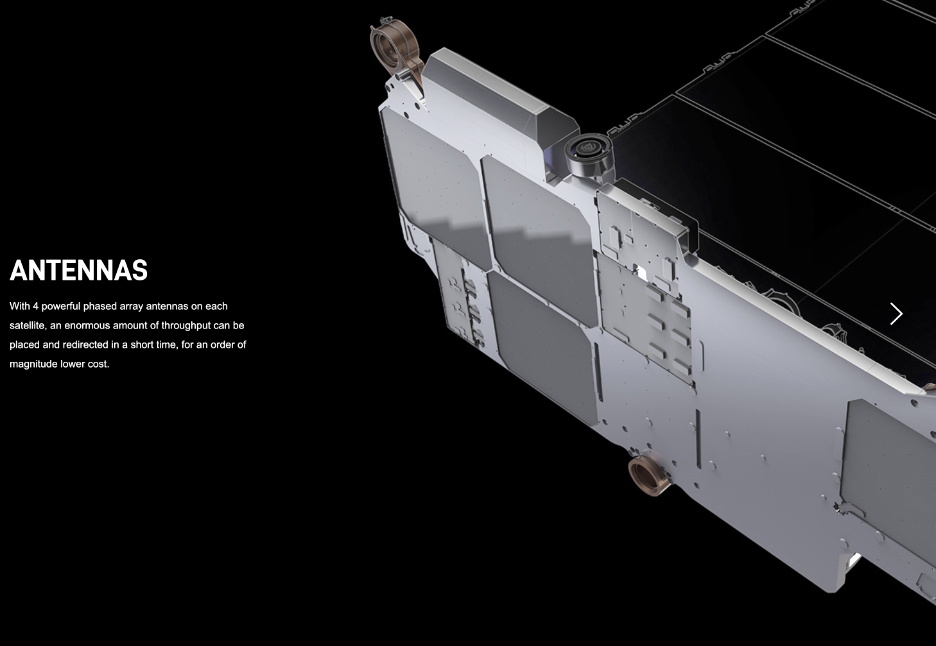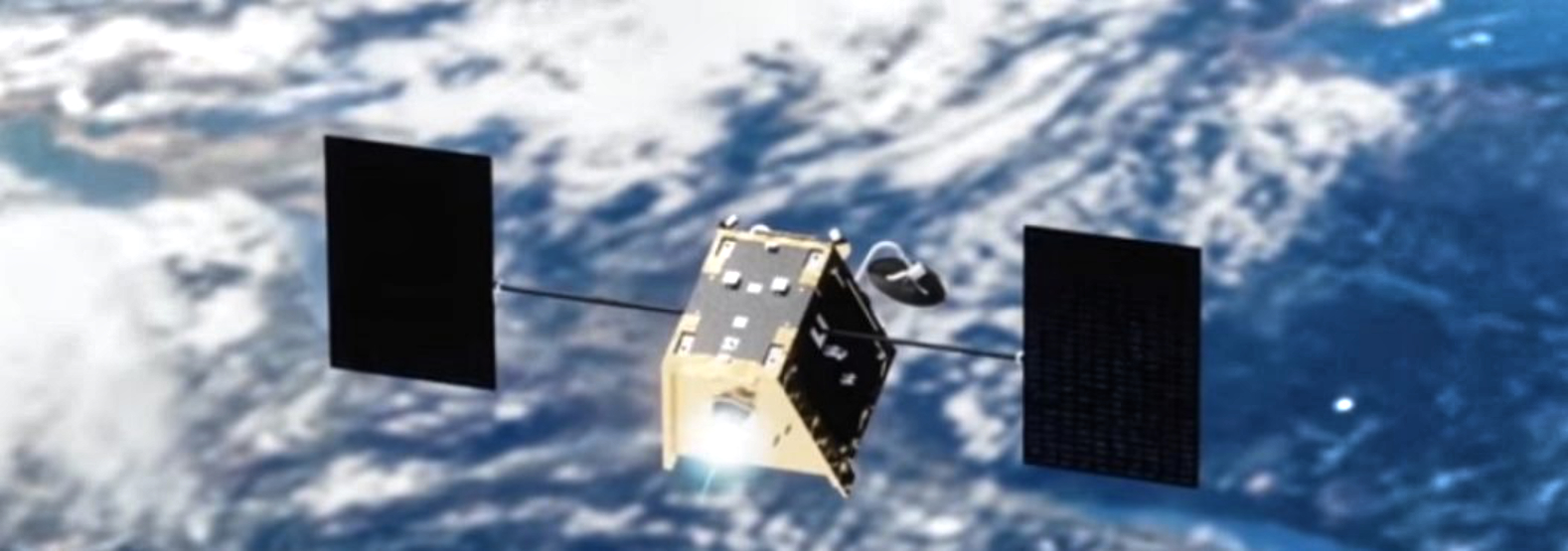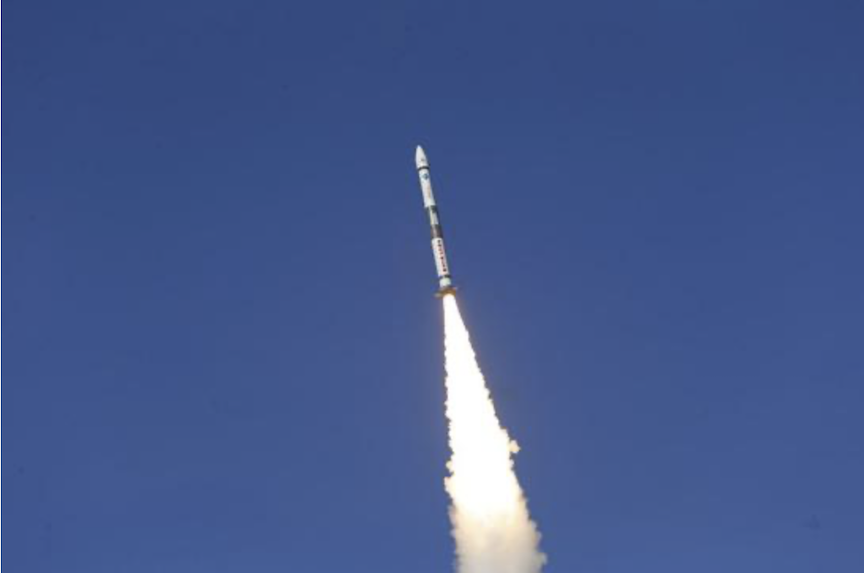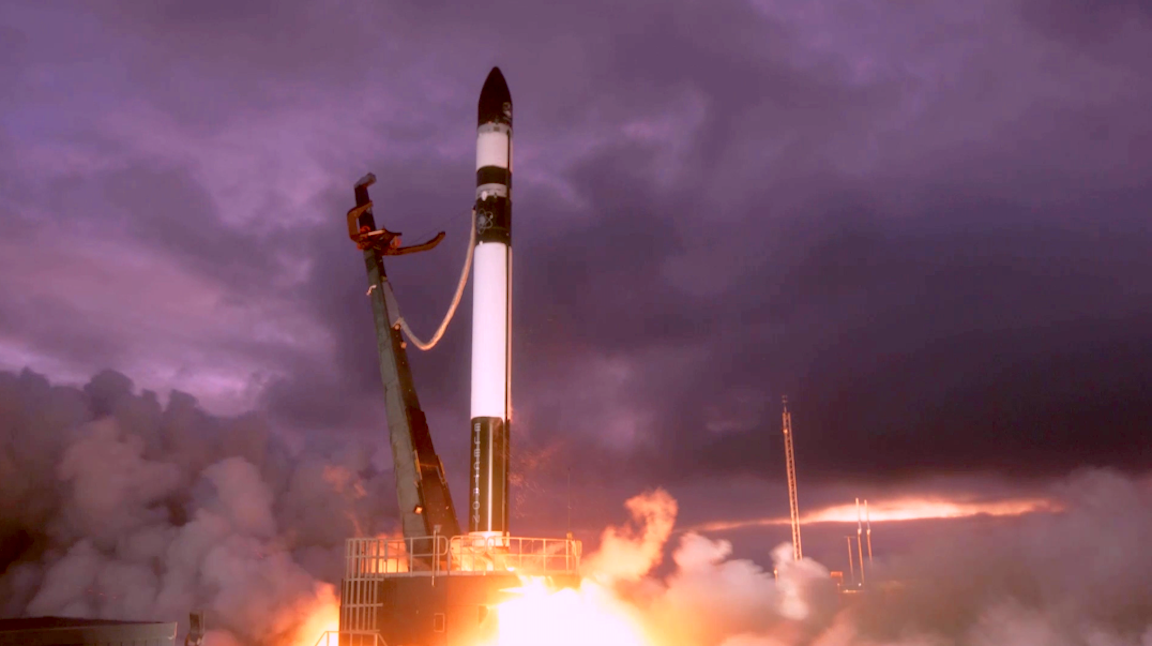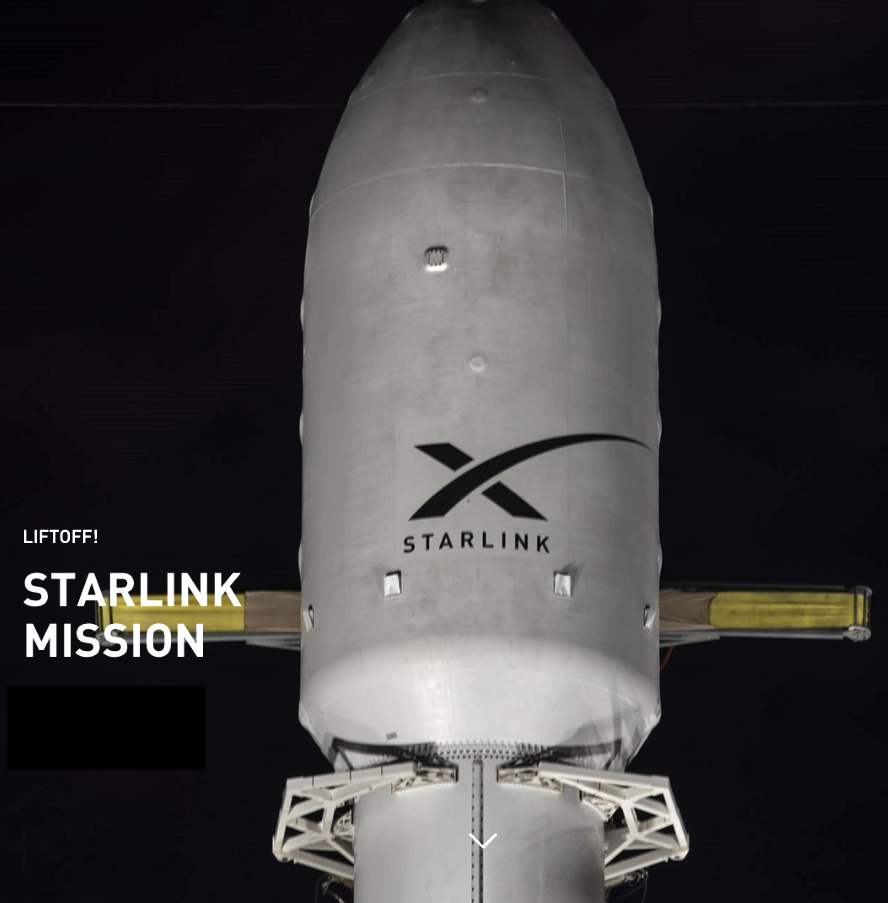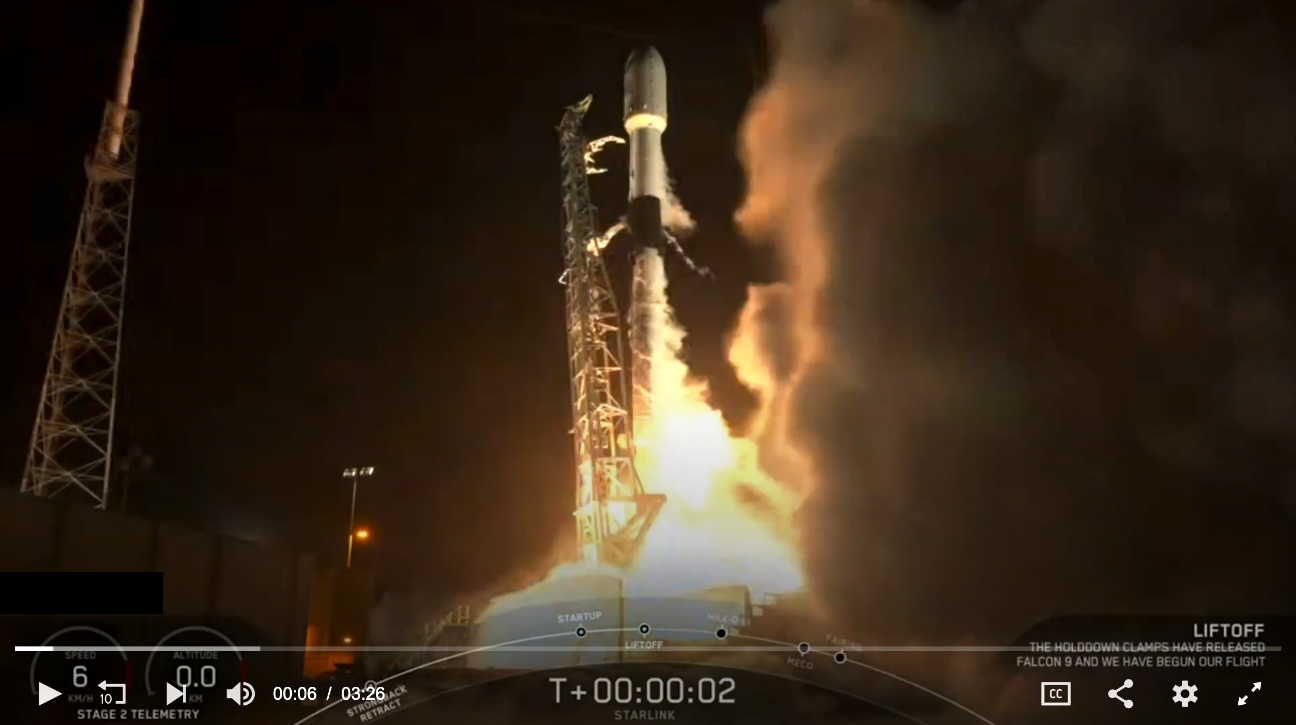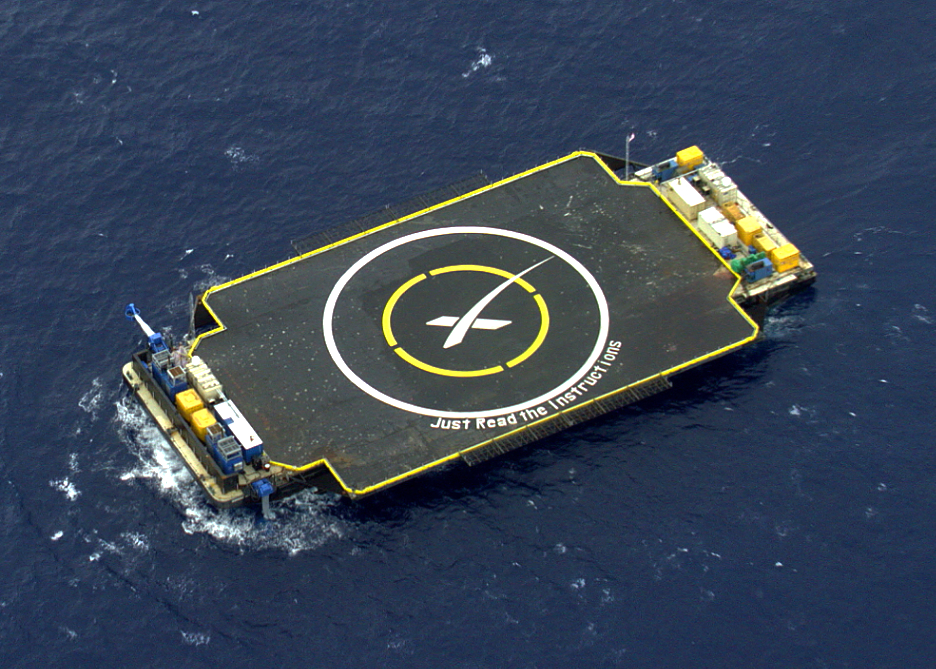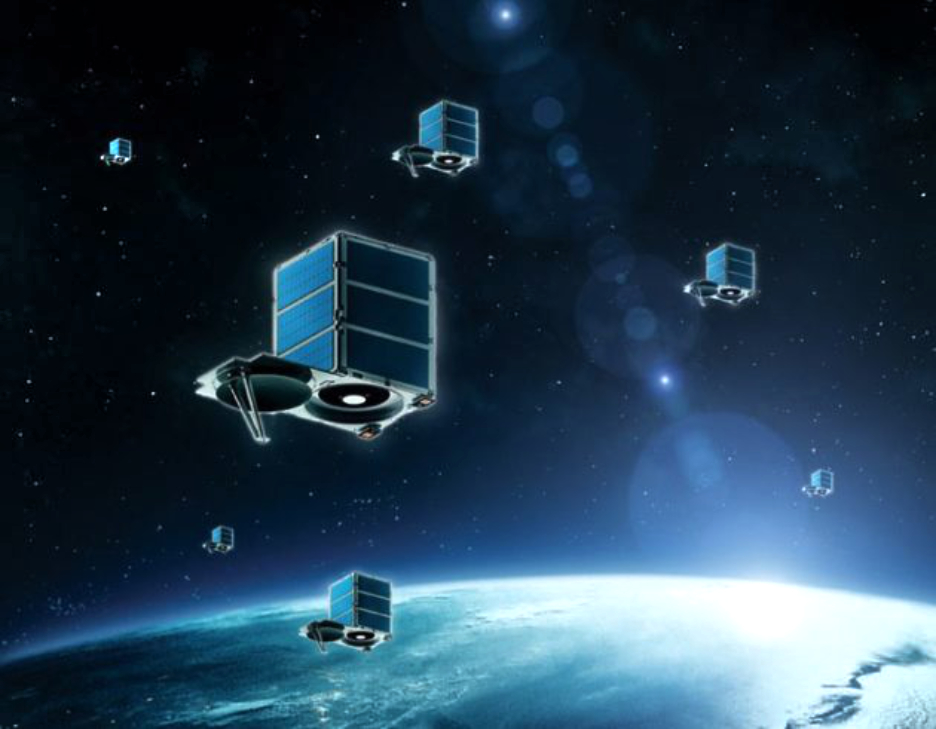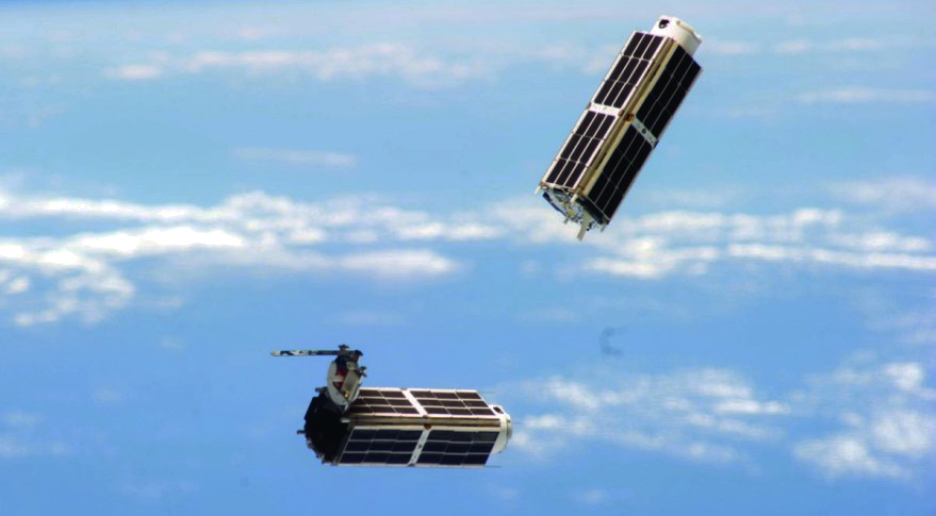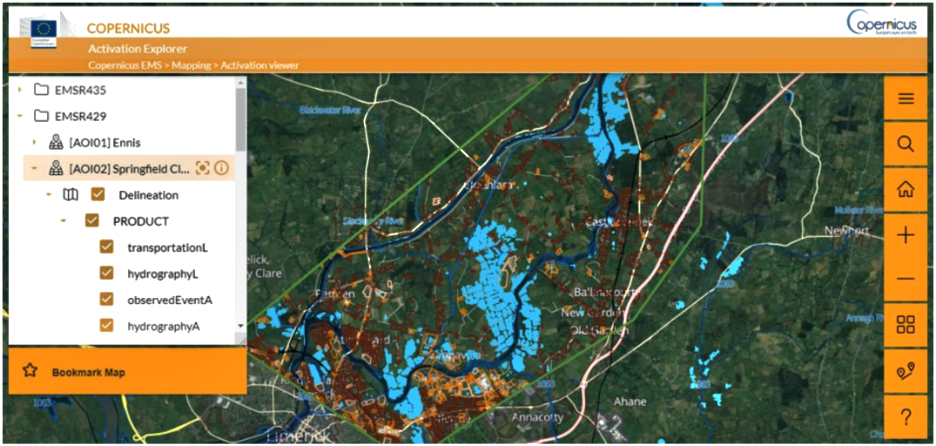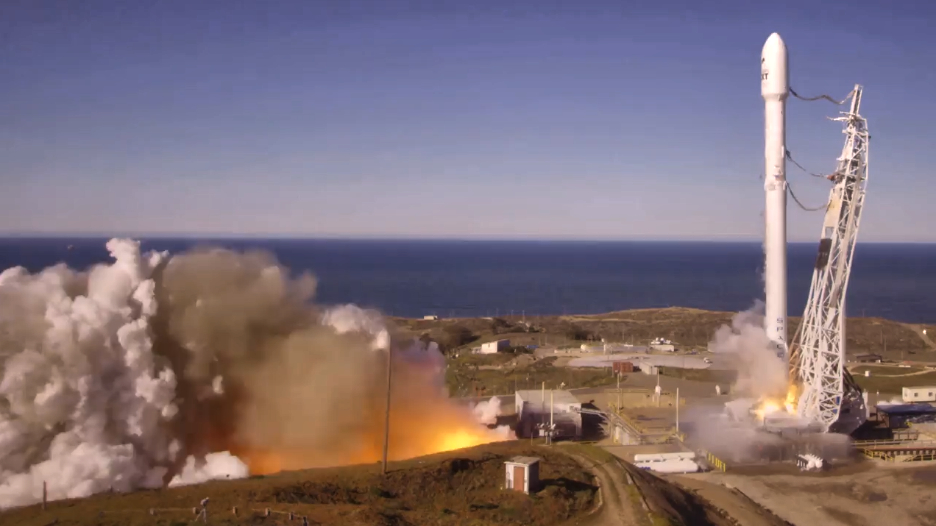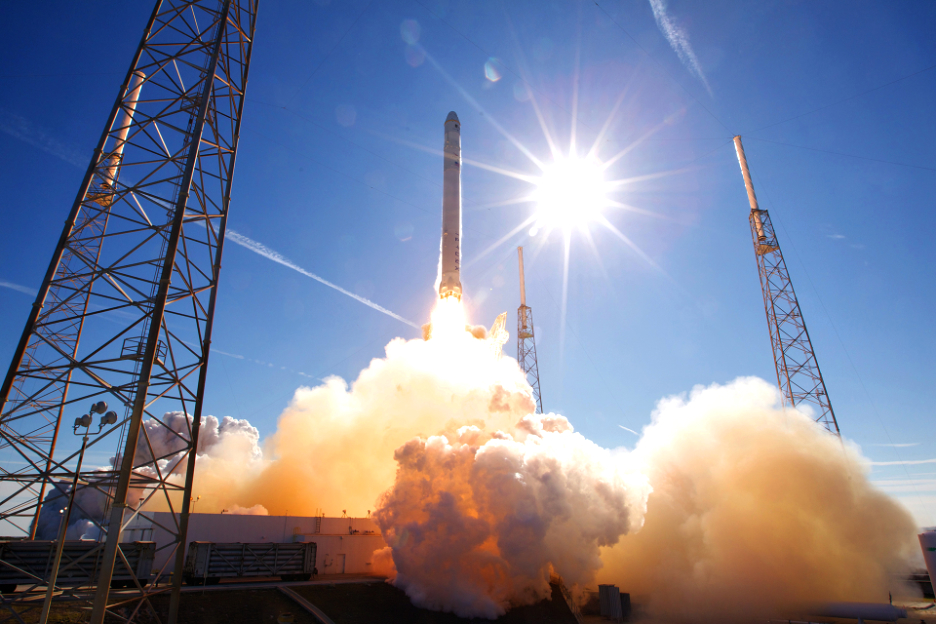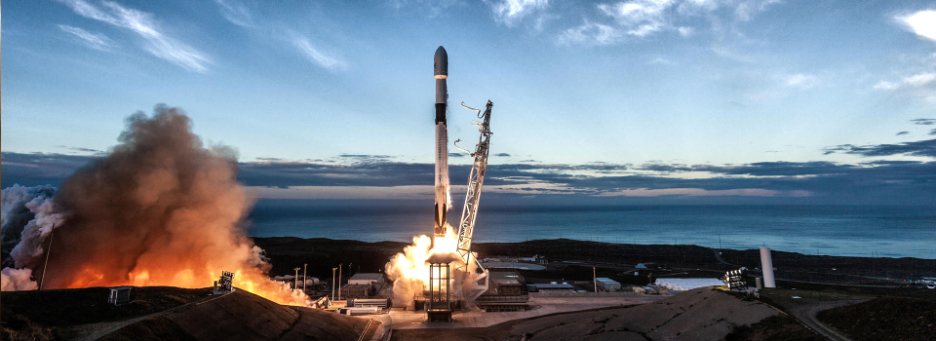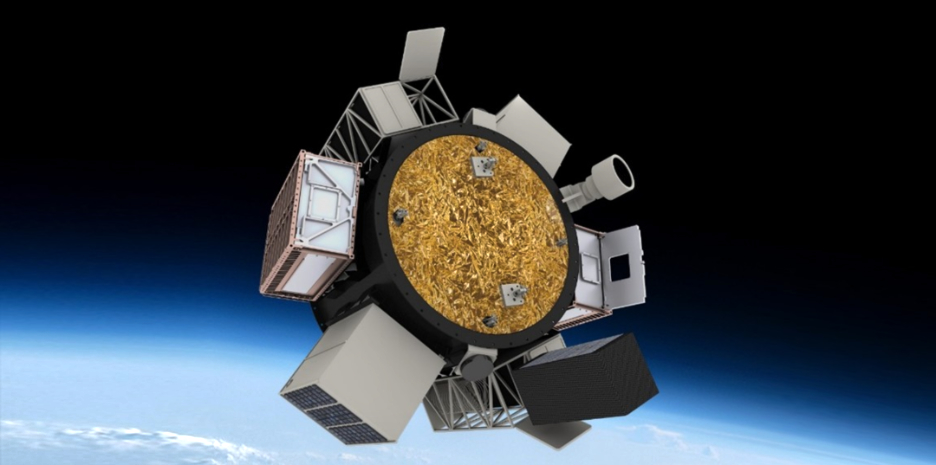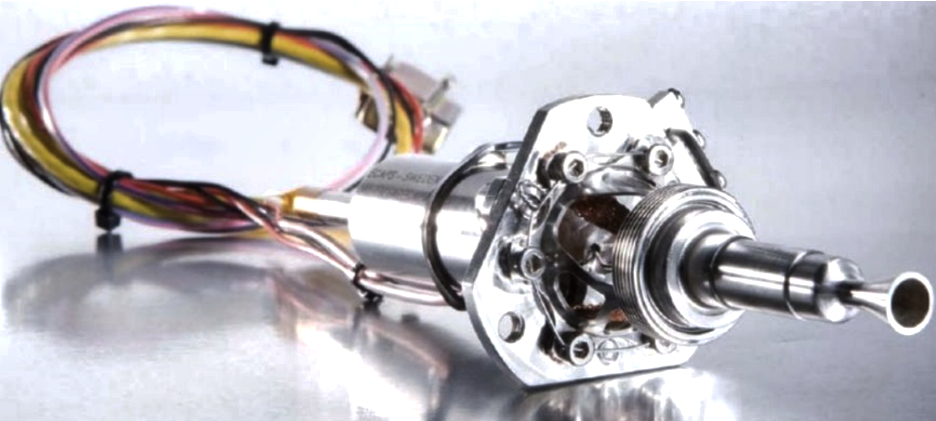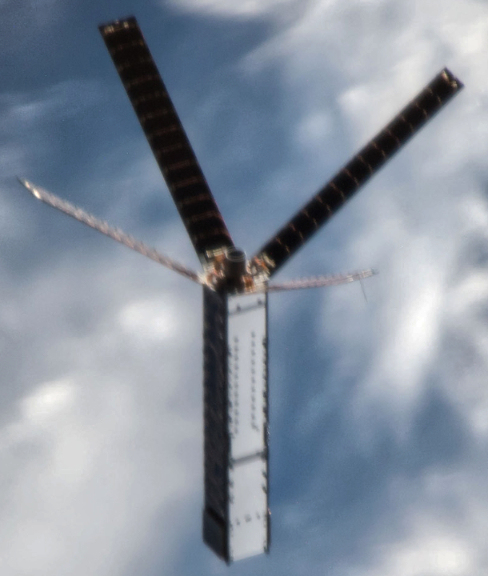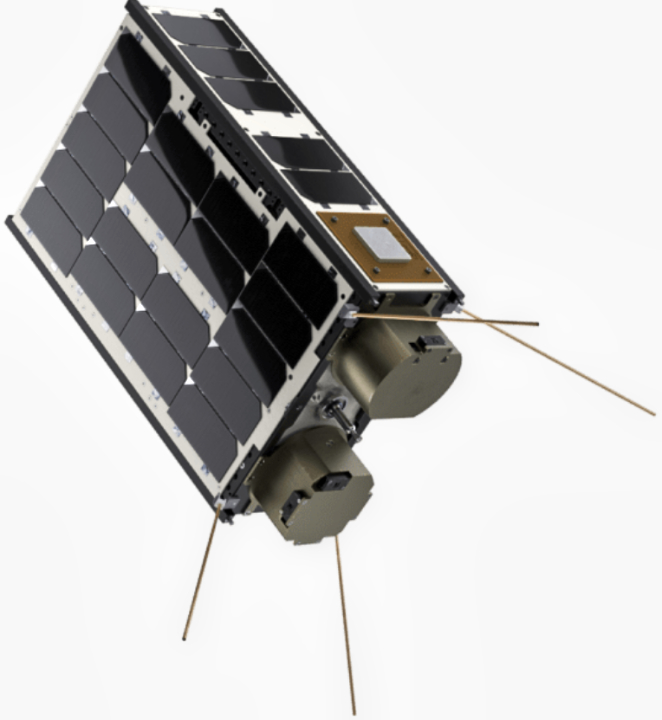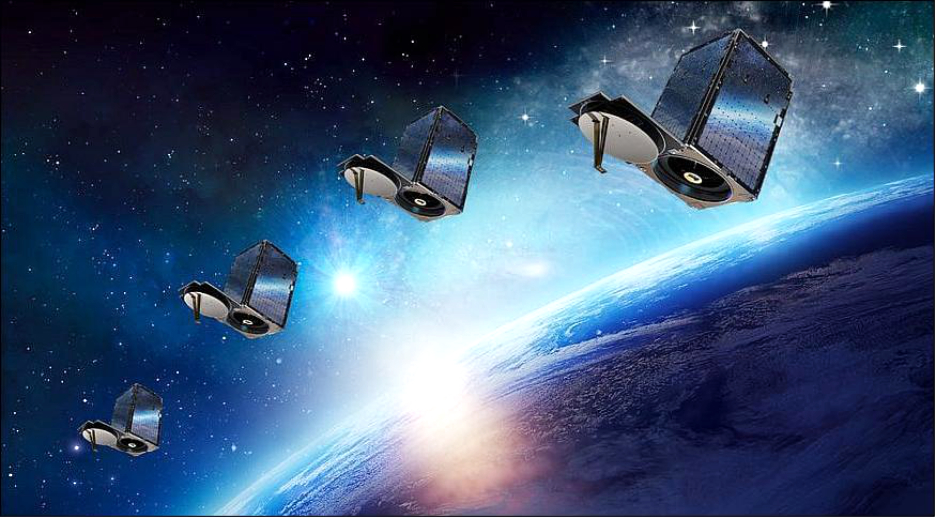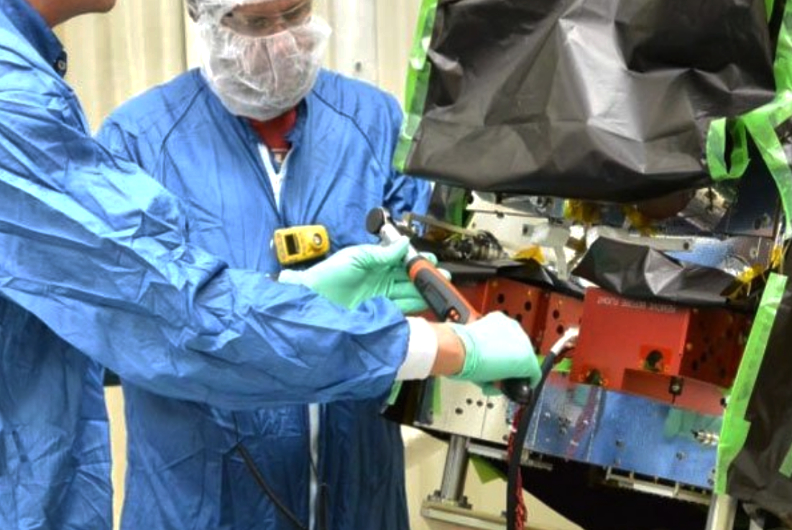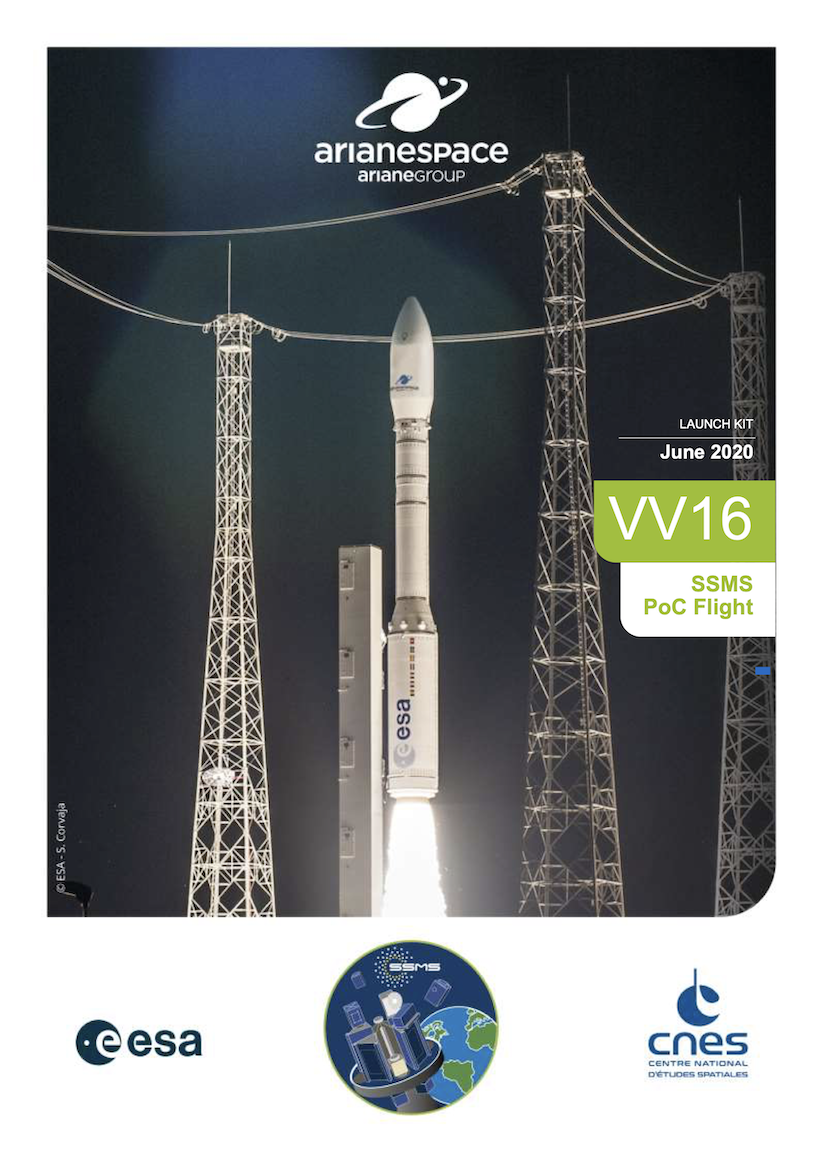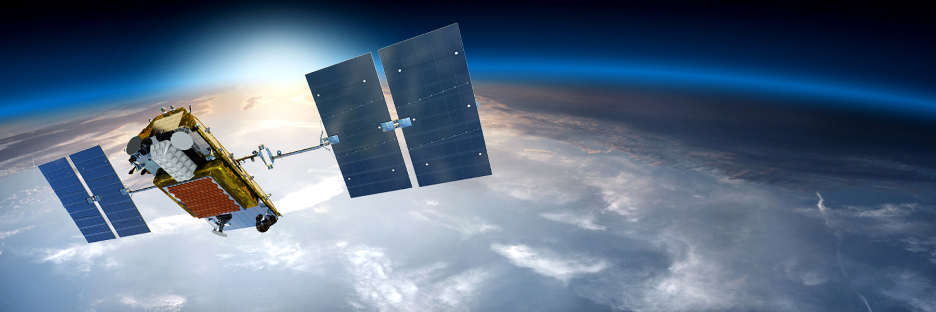
exactEarth Ltd. (“the Company”) and IHS Markit (Nasdaq: INFO) have a new alliance agreement that will provide a new combined tracking service, AIS Platinum, offering unprecedented frequency and coverage of vessel movements worldwide.
The AIS Platinum solution will provide an exceptionally fast flow of real-time intelligence to assist organizations that require the most time-critical intelligence. The solution has been developed with exactEarth’s global, persistent real-time Satellite AIS service, exactView™ RT powered by Harris, which will consist of a system of more than 60 maritime satellite payloads.
exactEarth’s satellite coverage is coupled with more than 2,000 IHS Markit terrestrial AIS stations that will provide further geographical coverage in high-density areas along coastal locations and busy port locations around the world. Additional global trade intelligence from IHS Markit will provide insights on commodity movements, along with ship information, including details on the owner, the operator and technical manager, among other information, that will give customers a clearer picture of the operating and commercial structure of the movement of goods.
Stuart Strachan, SVP for maritime and trade at IHS Markit, said this unique partnership between two industry leaders in the vessel tracking sector will deliver major benefits to customers in the commodity, finance, security and government sectors. The combination of the firm’s capabilities means customers of AIS Platinum will experience significant enhancements to what is available today from combined terrestrial / Satellite AIS services in terms of coverage, frequency and latency. No other vendor in the market will be able to offer a combined AIS service of this quality and speed.
Peter Mabson, CEO at exactEarth, said that when measured by vessel detection, update rates, reliability and expected longevity, exactView RT is the premium high-performance service in the satellite AIS industry. We are extremely pleased to be partnering with IHS Markit to expand our market footprint and to provide such improvements to the customer experience. High density areas in the Gulf of Mexico and South China Sea have always been difficult for detection rates, due to the volume of vessels in close proximity. Moving forward, with the combined coverage of both terrestrial and exactView RT satellite AIS services, customers will see far greater detection rates than any other service on the market.
AIS Platinum has been created for customers requiring real-time vessel position information and intelligence, including, but not limited to, the following:
- Quant Analysts: Vessel position information within computer algorithms and programs enables the identification of, and capitalization on, available trading opportunities. Historical data can also assist with identifying profit opportunities.
- Commodity Traders: As commodity markets move and change throughout the world, verified intelligence on commodity shipment activities helps commodity traders stay ahead of markets and capitalize on trading opportunities.
- Compliance Officers: Information can help reveal whether a company is conducting its business in full compliance with all national and international laws and regulations that pertain to the financial sector, ensuring that business operations are not conducted with sanctioned countries, companies, or individuals.
- Defence Intelligence Analysts: Information can give visibility within a maritime domain to understand the potential risks that vessels may pose. Analysts can use the information to understand anything associated with the maritime domain that could impact the security and safety of a country.
- Customs & Border Agents: Help agents evaluate the impact of illegal importing and exporting of commodities through seaborne activity. Track and trace irregular behavior that could indicate drug trafficking, illegal arms importation and illegal, unreported and unregulated fishing.

